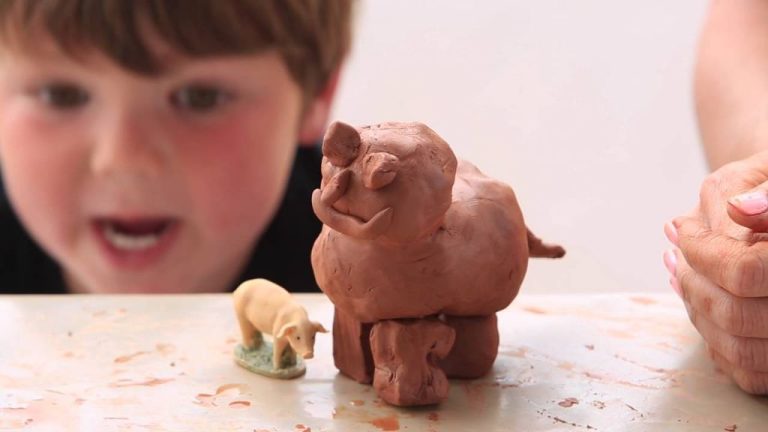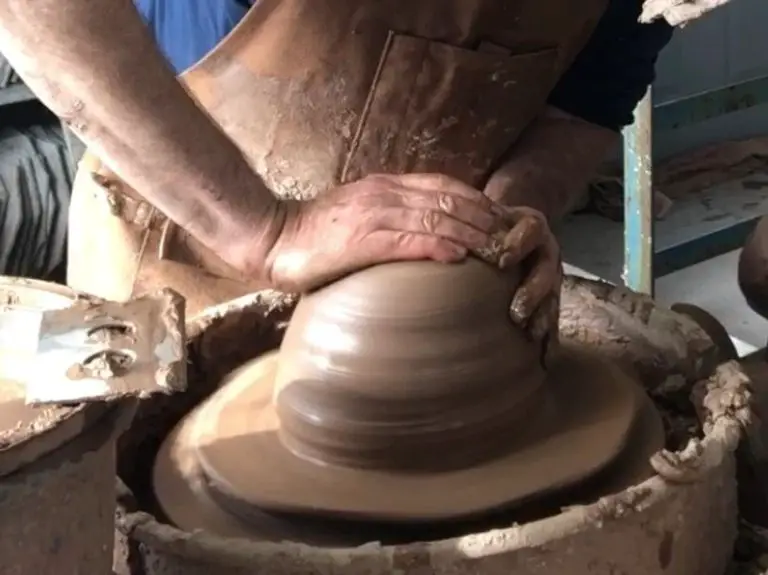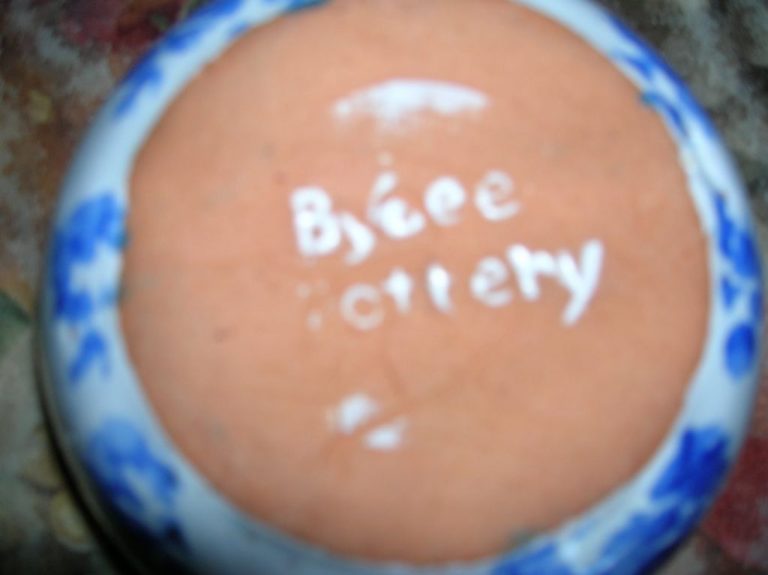How Much Clay Do I Need To Make A Coffee Mug?
Determining how much clay is needed to make a coffee mug depends primarily on the size and style of mug you want to create. Mugs come in a variety of shapes and sizes, from small espresso cups to large travel mugs. The amount of clay required will vary based on the size and design elements of the mug. Planning ahead and understanding how much clay is needed for your project will ensure you have enough material to successfully craft your mug from start to finish.
Standard Mug Sizes
Coffee mugs come in a variety of standard sizes, typically ranging from 6 ounces up to 20 ounces. The most common sizes are:
- 6 oz – Small tea or espresso mug
- 8 oz – Small coffee mug
- 10 oz – Average sized mug
- 12 oz – Large coffee mug
- 14 oz – Extra large mug
- 16 oz – Giant mug
- 20 oz – Super sized mug
When determining how much clay you need, first decide what size mug you want to make. An average 10-12 ounce mug will be sufficient for most coffee drinkers. The larger 14-16 ounce mugs are best for cappuccinos or large lattes with lots of milk.
Clay Required per Ounce
The amount of clay required to make a mug varies based on the size and thickness of the mug. As a general rule, you will need approximately 1 to 1.5 ounces of clay per ounce of mug capacity.
For example, a 10 ounce mug will require 10 – 15 ounces of clay. A 16 ounce mug would need about 16-24 ounces of clay. The thicker the walls of the mug, the more clay will be required. Thinner walled mugs use closer to a 1:1 ratio, while thicker mugs need the full 1.5 ounces or more per ounce of capacity.
It’s a good idea to have extra clay on hand. Recognized potters recommend purchasing at least 20% more clay than you think you will need for a project to allow for construction errors, defects in drying, and testing glazes.
Clay Shrinkage
Clay shrinks significantly during the firing process as the water evaporates. The amount of shrinkage depends on the clay body, but 10-15% is typical. For example, if you want the finished mug to be 5 inches tall, you’ll need to make the initial clay form 5.5-5.75 inches tall to account for shrinkage. Make test tiles using the same clay and firing process to determine the exact shrinkage percentage before committing to a full project. Building in sections and using recycling clay can help offset shrinkage as well.
To account for shrinkage:
- Make pieces 10-15% larger in all dimensions than desired finished size.
- Test fire tiles of clay to verify exact shrinkage percentages.
- Measure fired pieces to calculate new enlargement amounts if needed.
Precision is necessary to achieve an accurate finished size after shrinkage. Consider making a prototype first to test for variations with that specific clay body and firing method. While shrinkage requires extra clay upfront, planning for it avoids disappointment later.
Additional Clay for Features
When calculating the total amount of clay required, you’ll need to account for extra clay needed for decorative features like handles, lips, feet, or textured surfaces. A mug handle typically requires an additional 2-4 ounces of clay depending on the size and style. Sculpted elements like animal faces, leaves, flowers, or textured geometric patterns can add 1-3 ounces.
To determine how much extra clay is needed, mock up the features with spare clay and weigh them. It’s better to have leftover clay than to run short in the middle of building your mug. Consider making the features like handles separately then attaching them with slip. This gives you more control over the amount of clay used.
Building in Sections
If you are making a large mug that holds 20 ounces or more, it is recommended to build the mug in sections and then assemble them together. There are a few benefits to building in sections:
- Working on smaller sections makes the building process easier to manage. Large slabs of clay can be heavy and unwieldy.
- You can reuse extra clay from one section on other sections, reducing waste.
- It is easier to get clean seams between sections. Trying to perfectly match up a large wrapped piece is tricky.
- If one section gets damaged or misshapen, you only need to re-do that part instead of the whole mug.
- Building in sections allows more flexibility and creativity in the design. You could make the handle separately or build texture into different panels.
When assembling sections, make sure the seams between pieces are scored and slipped properly so they hold together. Let the assembled mug firm up a bit before final smoothing to get rid of any seam lines. With care and patience, you can build a large mug in sections with great results.
Clay Recycling
One practical way to save clay and avoid waste is by recycling any excess material from your mug project. Leftover clay can be rehydrated and reused for future sculpting or pottery work. This helps you get the most mileage from your clay purchase.
When working on a mug or other piece, you’ll likely have unused clay leftover after sculpting and trimming your final form. Rather than throwing it out, gather these clay scraps, being sure to remove any contaminants. Then place the clay in an airtight container or plastic bag with a moist paper towel to retain moisture. Store it in a cool place until you’re ready to reuse.
When you need clay again, simply take out the desired amount and knead in a bit of water to bring the clay back to a workable, pliable state. The recycled clay can be used alone or combined with new clay for your next project. With a little forethought, you can reduce waste and save money on art supplies.
Clay Storage
Proper clay storage is crucial for keeping it usable and workable over time. Here are some tips for storing clay:
- Wrap unused clay in plastic and store in airtight containers or bags. This prevents the clay from drying out.
- Store clay in a cool, dry place away from direct sunlight and extreme temperature fluctuations. Ideal storage temperature is 60-70°F.
- Consider storing clay in the refrigerator for short term storage up to a few months. Make sure it is in an airtight container first.
- For very long term storage, clay can be frozen for up to a year in a freezer safe airtight container.
- Let frozen clay thaw completely before opening the container to prevent condensation from forming and making the clay too wet.
- Clay can be reused later if stored properly. Knead some water into frozen or dried clay to bring it back to a workable state.
- Avoid storing clay in places with high humidity like a damp basement or attic. Excess moisture can damage the clay.
With proper storage methods, clay can remain usable for months or even years after purchase before needing to be replaced.
Firing Requirements
The firing process is a critical step in creating a usable clay mug. The temperature and length of firing will depend on the type of clay used. For example, stoneware clay requires firing at high temperatures between 2200-2400°F to fully vitrify and become waterproof. Earthenware clay, on the other hand, only needs to be fired at lower temperatures between 1800-2100°F. The firing process causes the clay particles to fuse together through sintering and makes the mug much stronger and durable.
In addition to temperature, the length of firing is important. Firing times can range from 4-12 hours depending on the clay thickness, type of kiln used, and desired results. Longer firing times allow heat to fully penetrate thicker areas of clay. The firing schedule should include time for steadily increasing temperature, holding at maximum temperature, and then cooling. Careful control over the entire firing process will help prevent cracking or exploding.
It’s critical to follow the recommended firing specifications for the specific clay type used. Underfiring can result in a mug that is weak, porous, or unstable. Overfiring may cause bloating, cracking, or melting. Testing sample mug pieces first is advisable to determine the ideal firing requirements. Taking detailed notes on firing times and temperatures will help reproduce the desired results.
Conclusion
When making a clay mug, it’s important to calculate how much clay you will need ahead of time. The main steps are:
1. Decide on the size of mug you want to make. Standard mug sizes range from 8-16 oz. The larger the mug, the more clay required.
2. Figure about 1-1.5 oz of clay per ounce capacity of the mug. So for a 12 oz mug, you’d need 12-18 oz of clay.
3. Account for about 10-15% shrinkage of the clay from wet to fired. So increase the clay amount by that percentage.
4. Add extra clay if including decorative elements like handles or textures.
5. Consider if you will build the mug in sections and join together, as that requires extra clay.
6. Recycle any unused clay by rehydrating and reusing it.
7. Store unused clay properly to prevent drying out.
8. Ensure you fire according to the clay manufacturer’s guidelines.
With some planning and preparation, you’ll have just the right amount of clay ready to create your perfect handmade mug.



